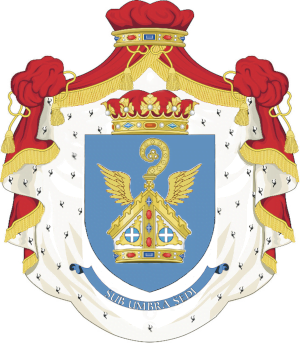Etymologically, the term autonomy could imply a process of independence that in the specific case of the events of Seborga would inevitably lead back to the project of independence launched by Giorgio Carbone and still supported in our days by his successors. The meaning that we give to the word autonomy is different from the one just described. In fact, it is to be understood as the possibility of issuing laws in autonomy from the Italian State and only in certain specific spheres recognised by the Italian Republic itself, such as in the economic and fiscal spheres. This concept, in principle, could be assimilated to the autonomy that the Italian Republic has recognised for special statute regions. It goes without saying that the territory of the municipality of Seborga remains in the Italian Republic and is subject to the Italian Constitution and laws.
With regard to obtaining citizenship in the Principality of Sabourg, we refer to Articles 17 and 18 of the Constitution:
Article 17. The Sabourgeois are equal before the law. There are no privileges among them. They are monks or laymen.
Art. 18. The law regulates the conditions under which citizenship is acquired. The law regulates the conditions under which citizenship acquired by naturalisation may be revoked.
The loss of Sabourgian nationality in all other cases cannot be provided for by law.
Sovereign Ordinance No. 6 of 2019 stipulated that all those who were born in the territories of the Principality of Sabourg (i.e. the Priory of Sabourg and the Priory of the Chaplaincy of St. Michael in Ventimiglia, known as the Grange) and have lived there until the age of 21 can be naturalised as Sabourgeois. All those who can prove that they are descendants for at least two generations of Sabourgeois parents can obtain citizenship in the Principality of Sabourg upon application to the Secretariat of State.


